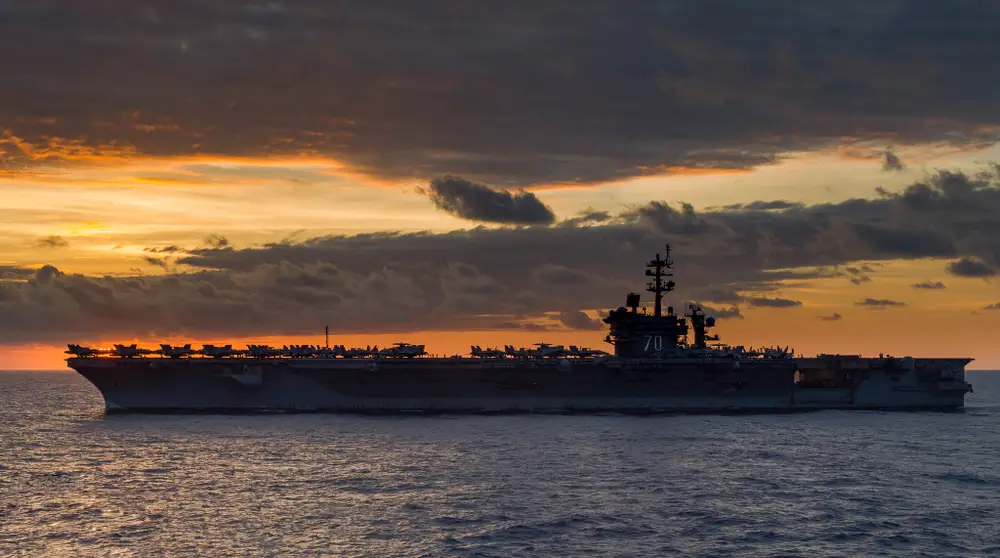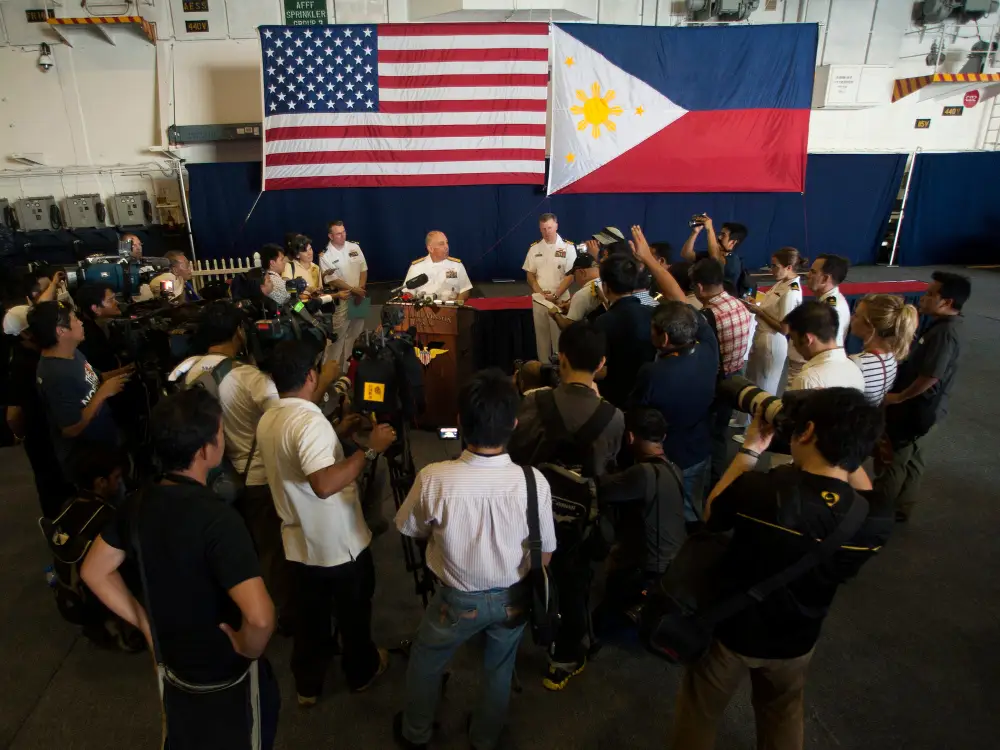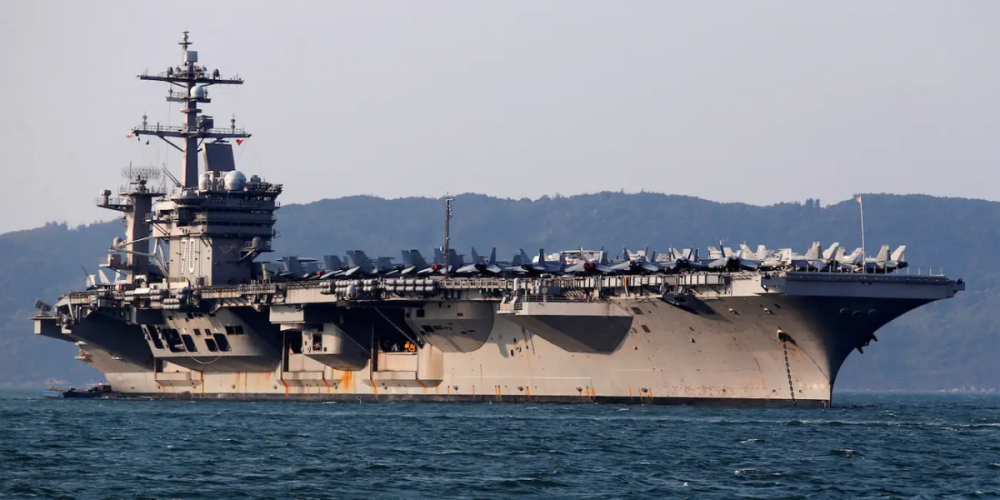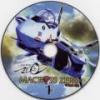Search the Community
Showing results for tags 'ships'.
-
US aircraft carriers are taking new routes into the South China Sea, Chinese think tank says. https://www.businessinsider.com/aircraft-carriers-new-routes-south-china-sea-think-tank-says-2022-1?utm_medium=social&utm_campaign=sf-insider-mildef&utm_source=facebook.com US Navy aircraft...
-
"Before you venture overseas, why not tour your own backyard first?" This line, from a gregarious guide, resonated with me prior to the start of the Raffles Lighthouse tour, which is organised by the Maritime and Port Authority of Singapore (MPA). Now, everyone knows that Singapore is a ma...
-
- 2
-

-
- maritime and port authority of singapore
- mpa
- (and 14 more)
-
Noticed there are scattered current affairs threads for stuff related to military hardware, tactics etc. I'll kick it off with some of the more interesting things I learned about recently: On the US front: The F-117A Nighthawk AKA "Wobby Goblin" has been retired since 2008, after a remarkably s...
-
hey guys!!! ho liao!!!! http://forums.hardwarezone.com.sg/eat-drin...ao-4390356.html
-
If you have one read on: http://arstechnica.com/security/2015/11/dell-does-superfish-ships-pcs-with-self-signed-root-certificates/ Dell's response http://en.community.dell.com/dell-blogs/direct2dell/b/direct2dell/archive/2015/11/23/response-to-concerns-regarding-edellroot-certificate
-
This thread is about Norwegian Cruise Line, or NCL for short. This company is owned by the Genting group, which also owns Star Cruises. For this reason, NCL does not sail to Asia because the sister brands do not want to compete directly. NCL ships sail primarily in the Caribbean, Eu...
- 13 replies
-
- cruise
- norwegian cruise line
-
(and 6 more)
Tagged with:
-
Channel NewsAsia Singapore BREAKING - JURONG SHIP FIRE: 4 berthed ships caught fire in a shipyard at No. 1 Jalan Samulun at around 9:20pm. 1 ship sank after being engulfed in flames and 1 man has been sent to S'pore General Hospital for burn injuries. Civil Defence says the fire was brought under...
-
Any bros read today's Zao Bao? There was a pic with the Defence Minister next to a crew manning what seems like a Gatling gun. Didn't know our ships are armed with this type of rapid-fire weapon... The firing rate of this type of guns/cannons can go up to 6000 rounds/minute. That mean...










